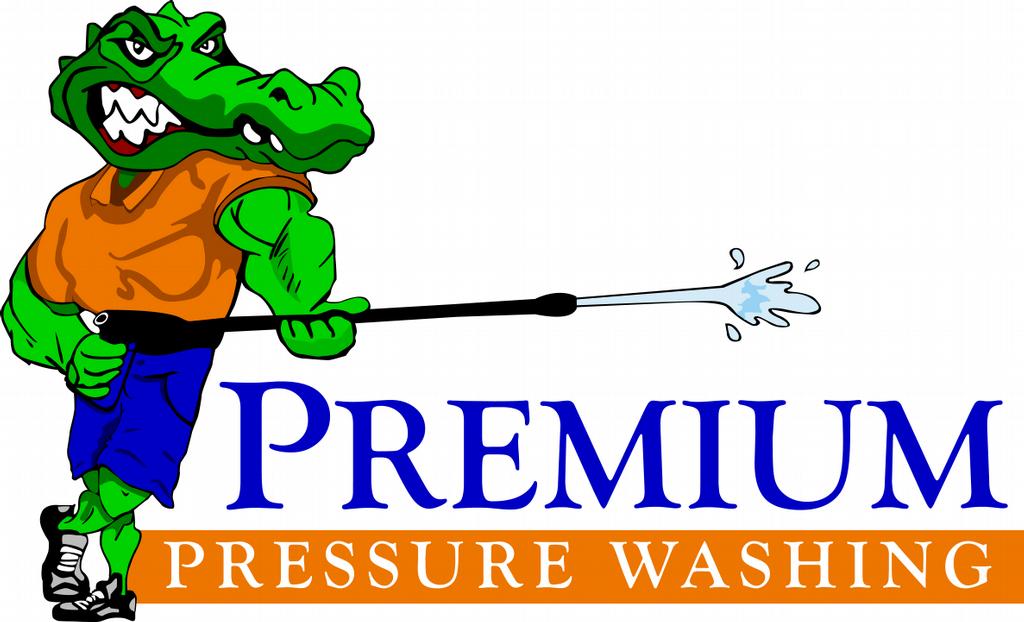
Pressure washing a fence renews the appearance of the fencing. Over time, dirt and mildew cling to a fence and alter the appearance. By pressure washing a fence, you instantly remove any buildup. Pressure washing a fence is also a necessity before staining or painting. If you decide to pressure wash your fence, the wood is prepped by rinsing off the mildew or dirt. If you do not do it, you risk sealing in any dirt and mildew into the fence. This could make the material prone to breaking or warping over time. Pressure wash a fence after poor weather if you want to remove any dirt or staining that occurred because of the poor weather. Spring is usually the best time to pressure wash a fence since you can remove any grime that built up over the winter. Schedule pressure washing to be done when temperatures are mild, and the weather is sunny.
Pressure-washing fence tools are an effective way to get rid of different types of stains, and keeping a fence clean prolongs its life. Power washing and pressure washing are similar methods used for cleaning a fence. Most of the time, pressure washing your fence removes any accumulated dirt and debris, but in some cases, extra steps may be needed to remove all the buildup.
Grass stains are not uncommon to see on a fence. However, painted white wooden fences and vinyl 3 fences make grass stains more visible. We remove as many shrubs and trees around the fence as possible. If you cannot remove the shrubbery completely, trim it back before cleaning. Grass stains and mild dirt do not typically require abrasive cleaners to remove. Power washing and pressure washing are both acceptable methods to clean grass stains.
To remove mold from a fence, pressure washing is the best option. We use a safe solution to ensure all the mold is safely removed.
